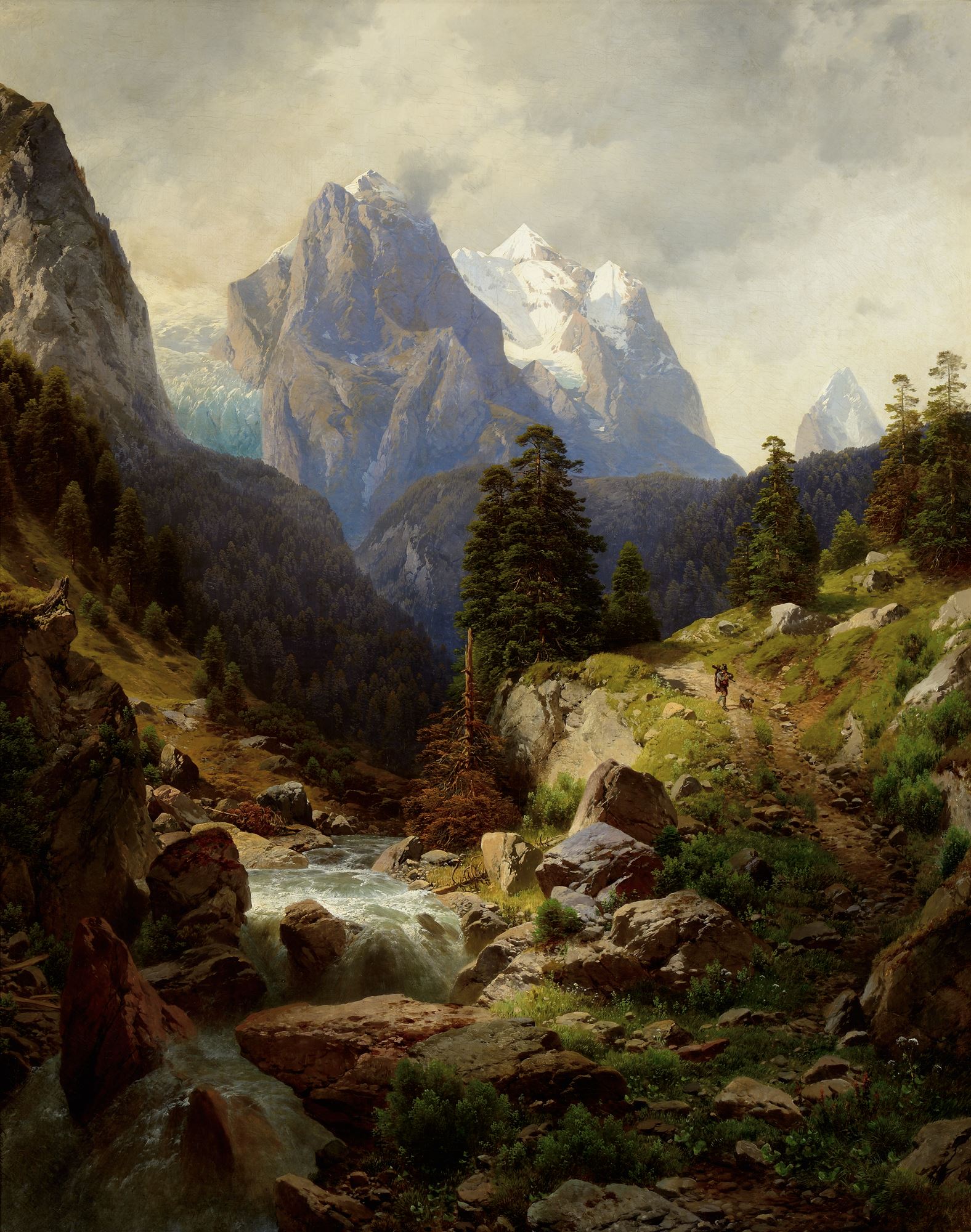English Language Arts
Kindergarten
1: A Colorful Time with Rhythm and Rhyme
1 30-minute lesson
main idea
How does rhyme affect the way that we hear and read poetry?
I can identify a character in a story or rhyme.
I can locate details in an artwork/illustration.
I can talk about details in a picture.
I can identify a setting in a story, rhyme, or artwork.

